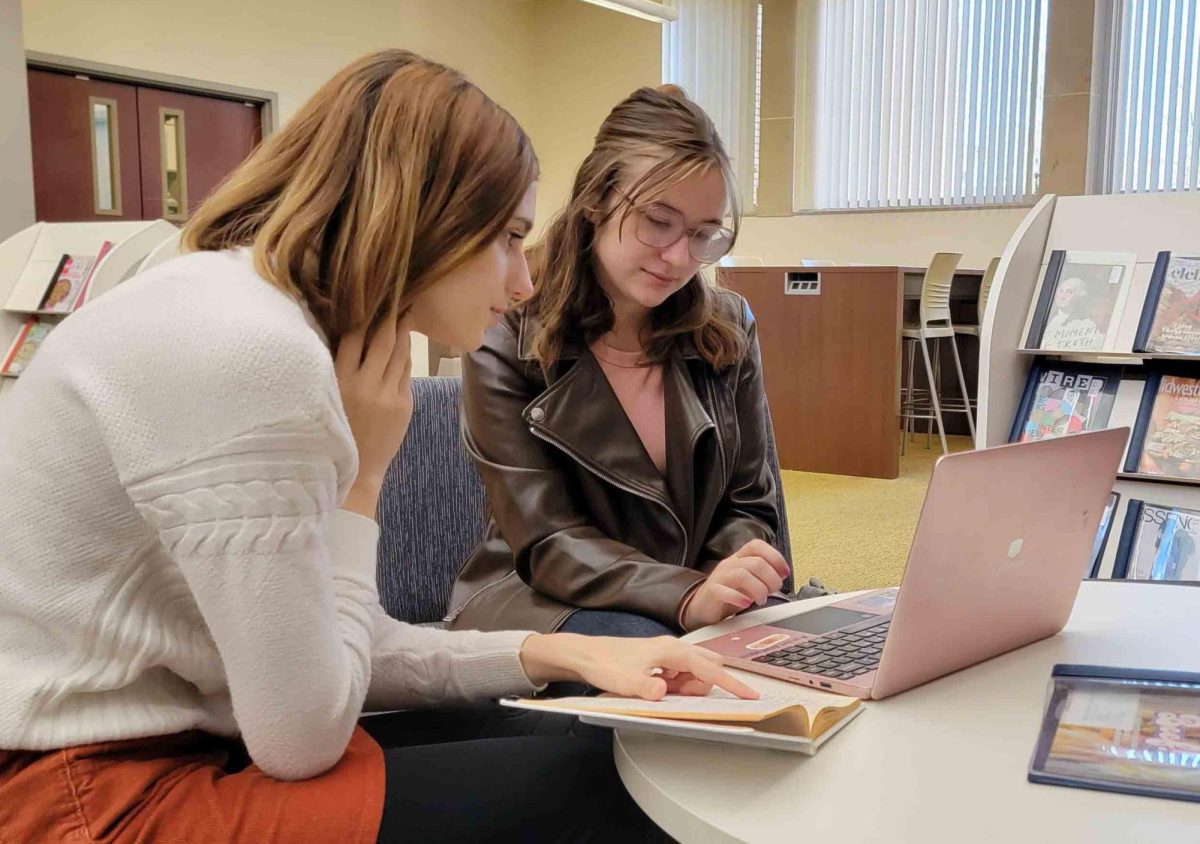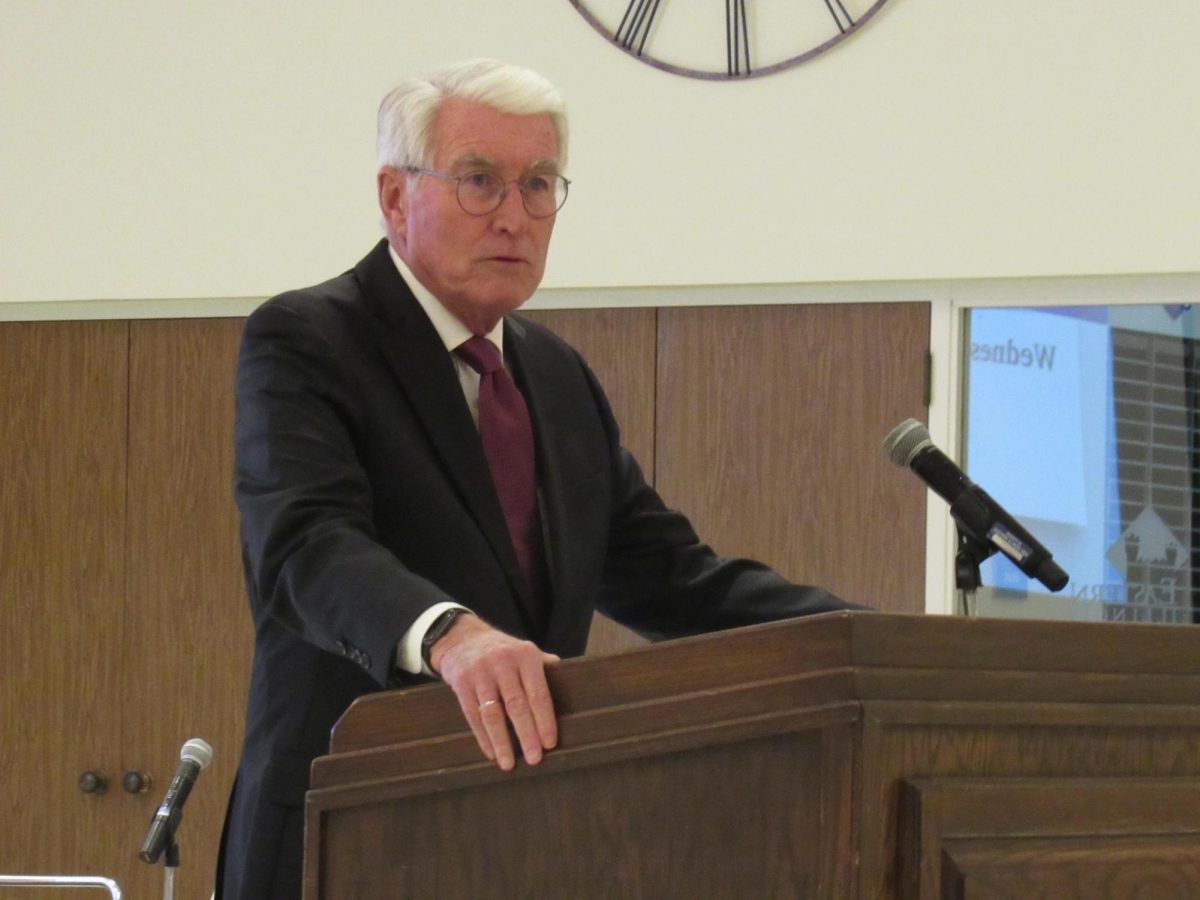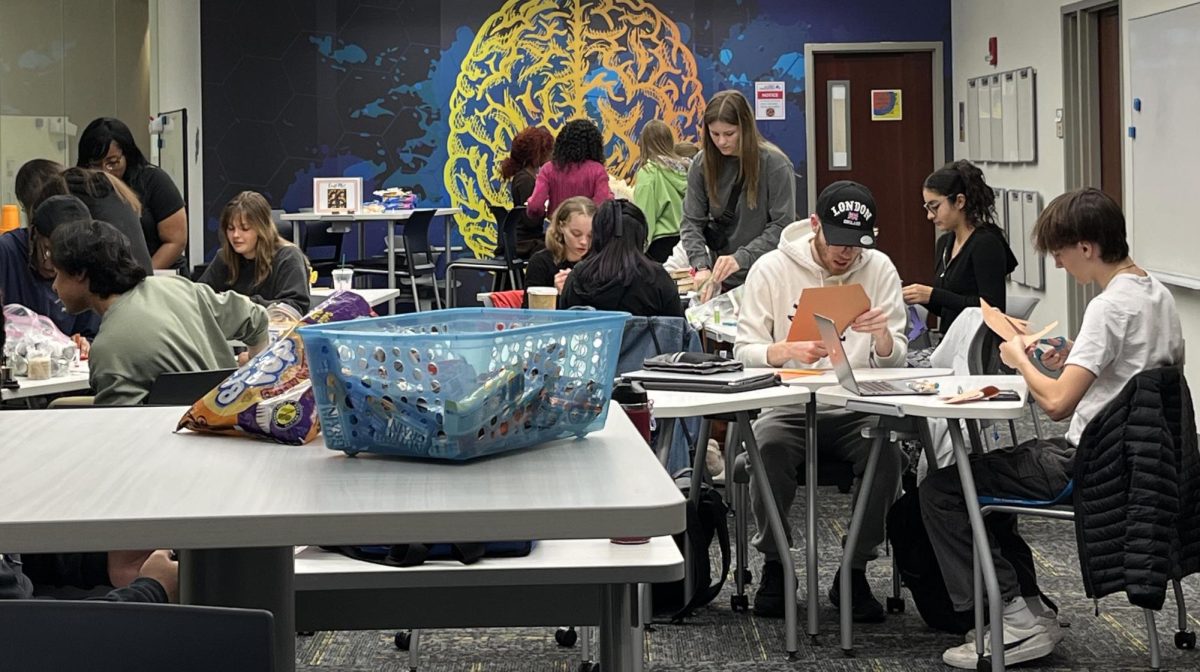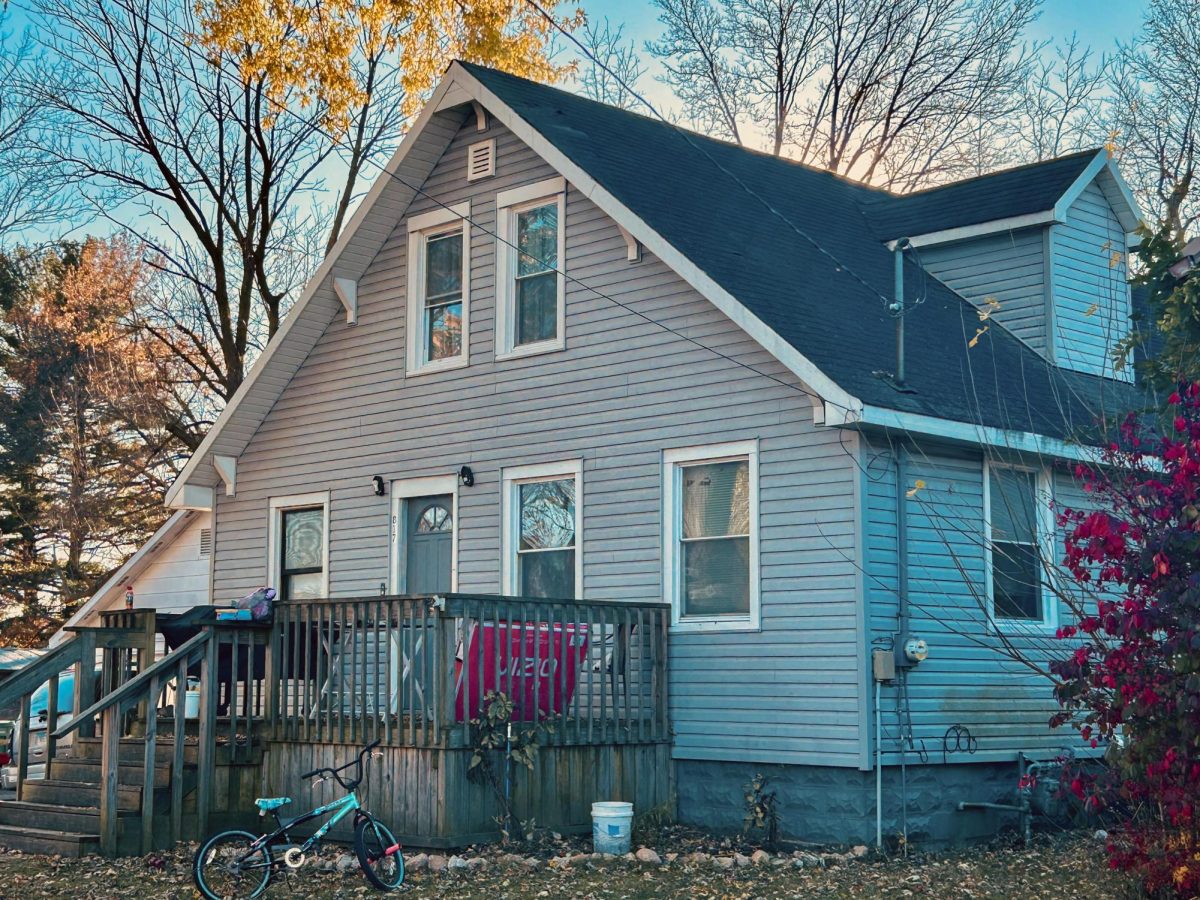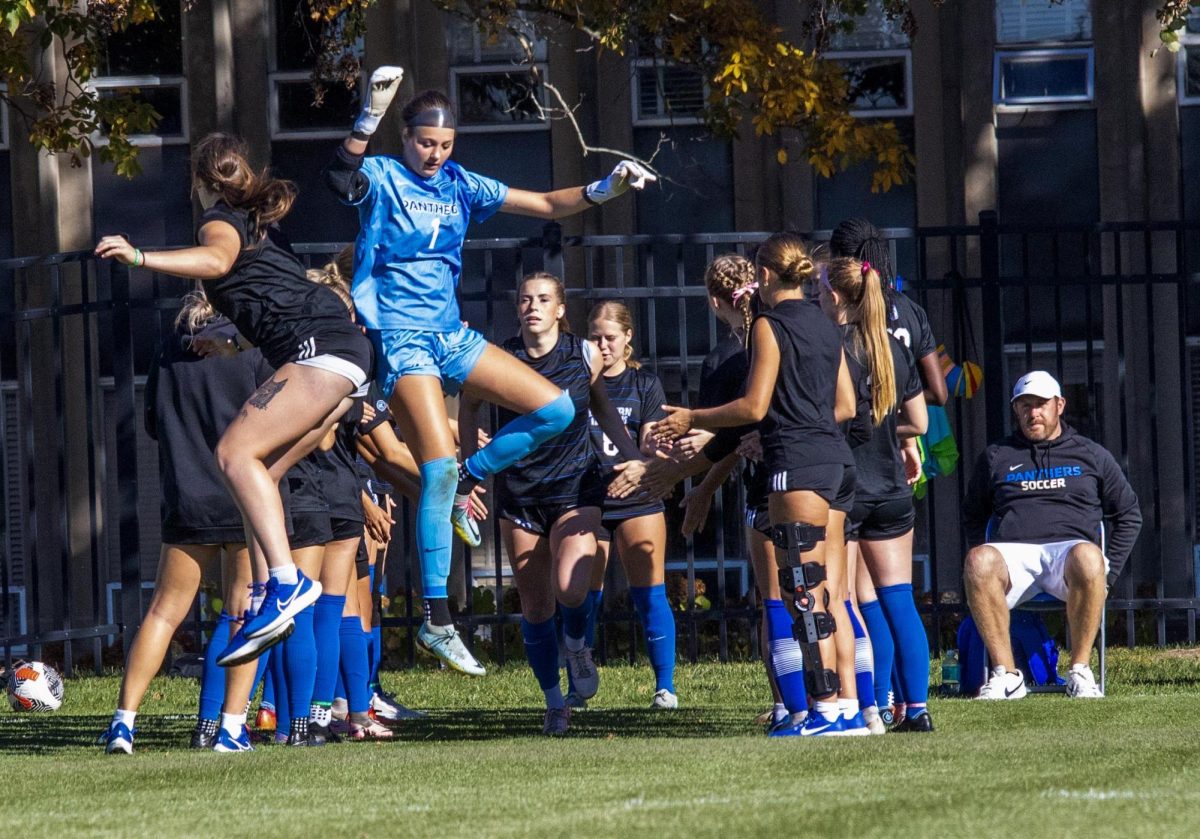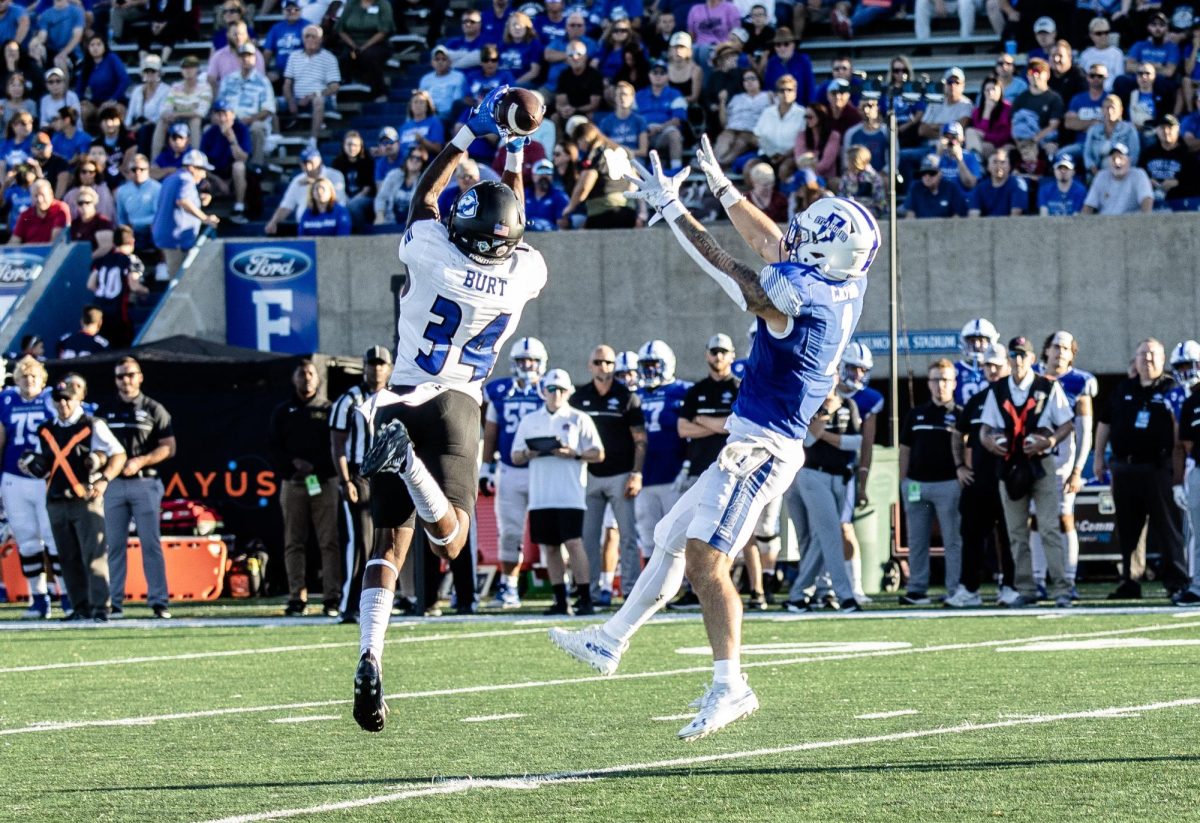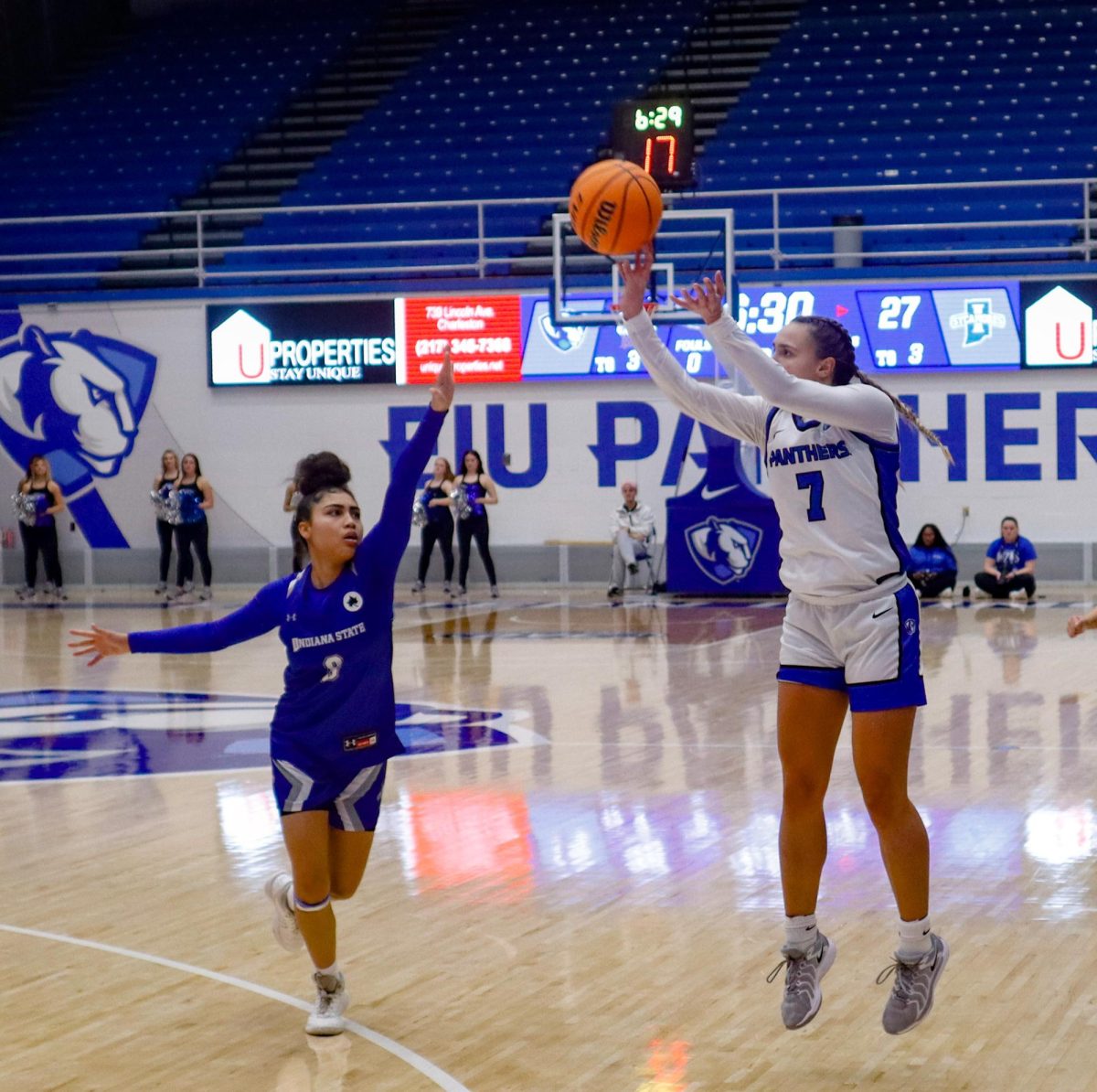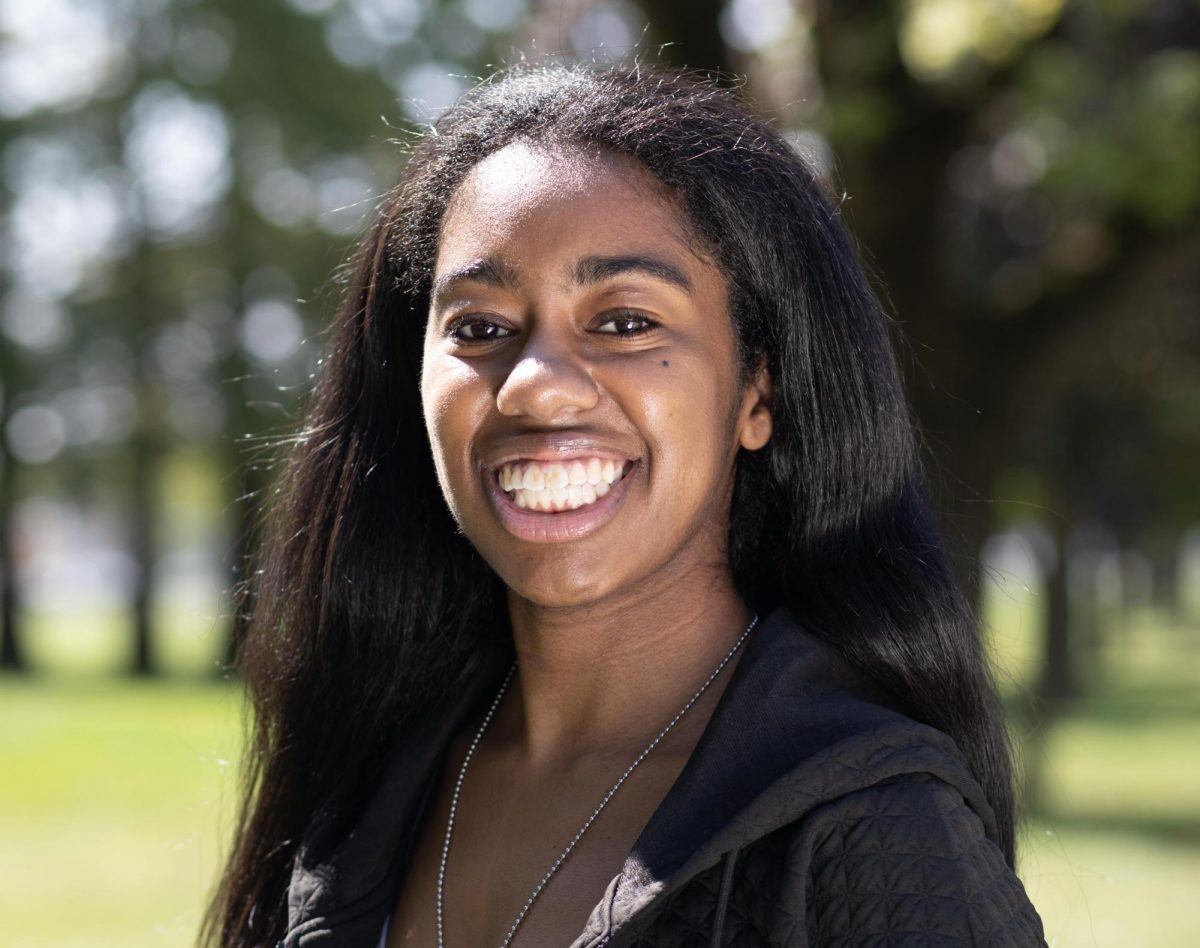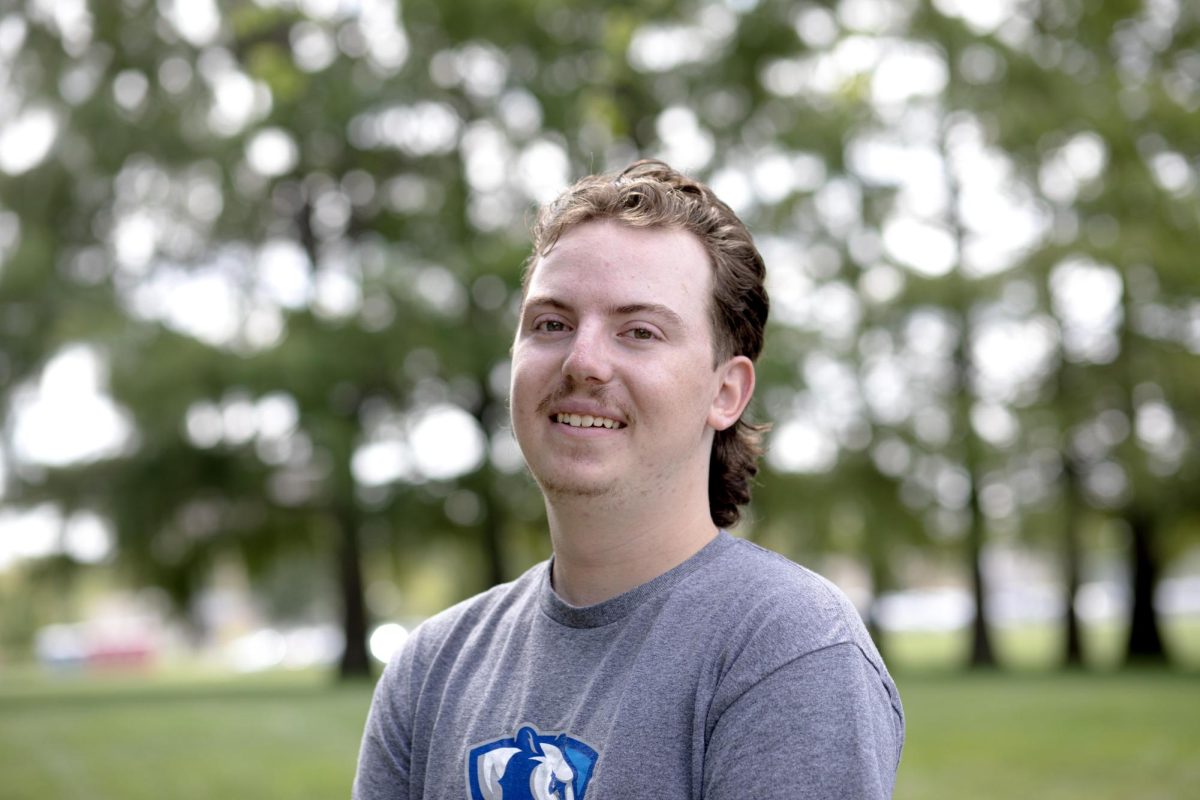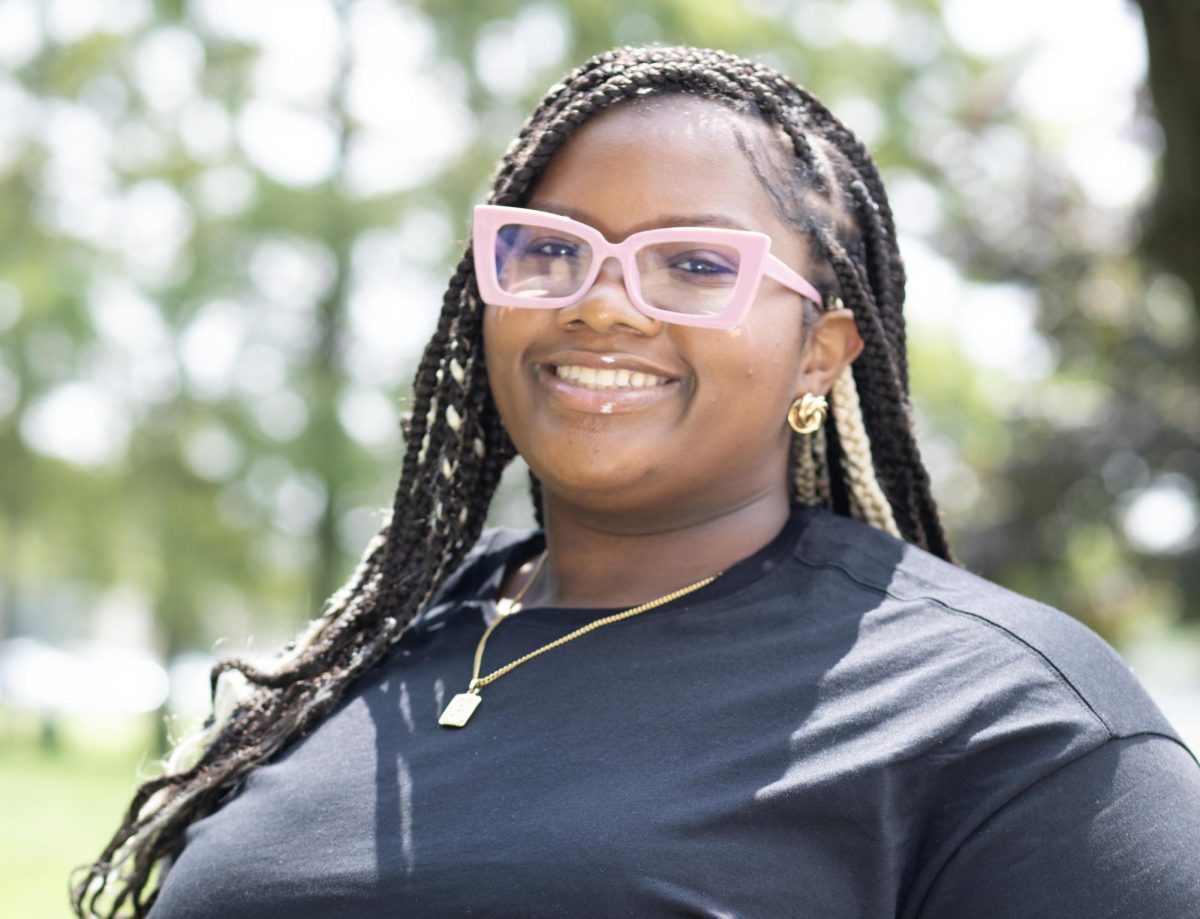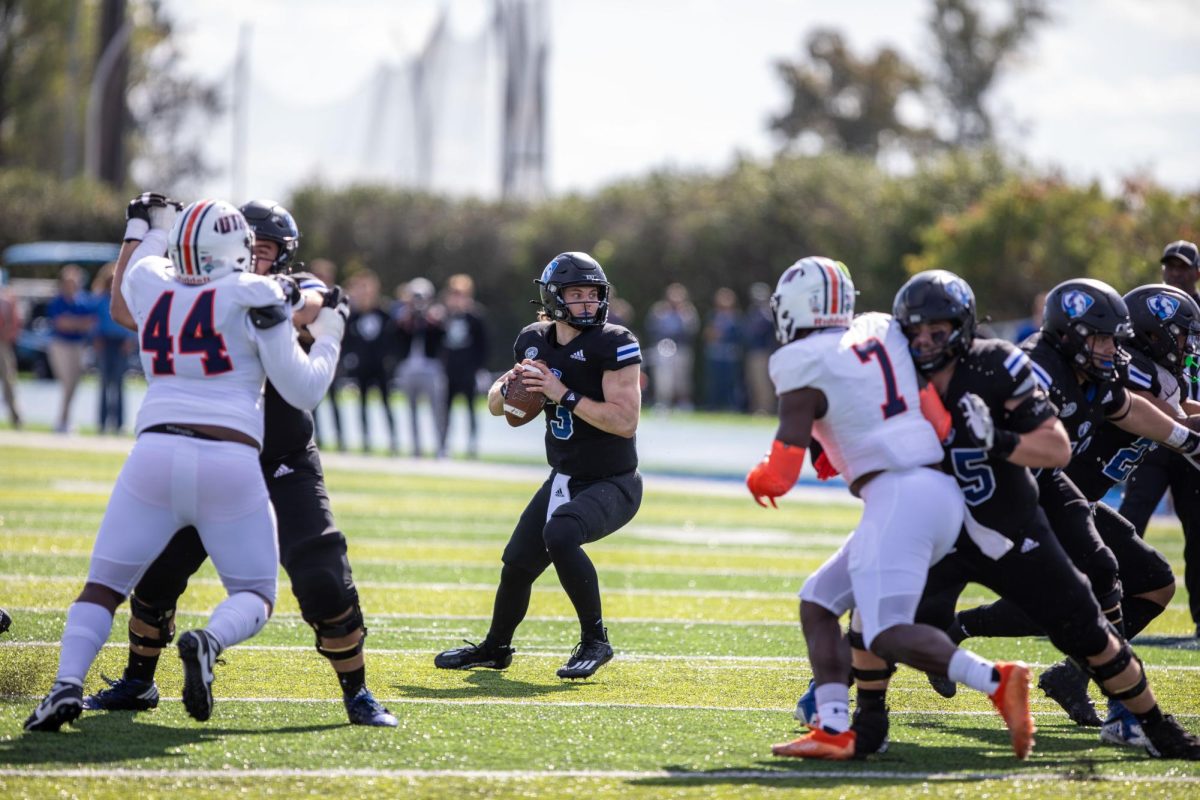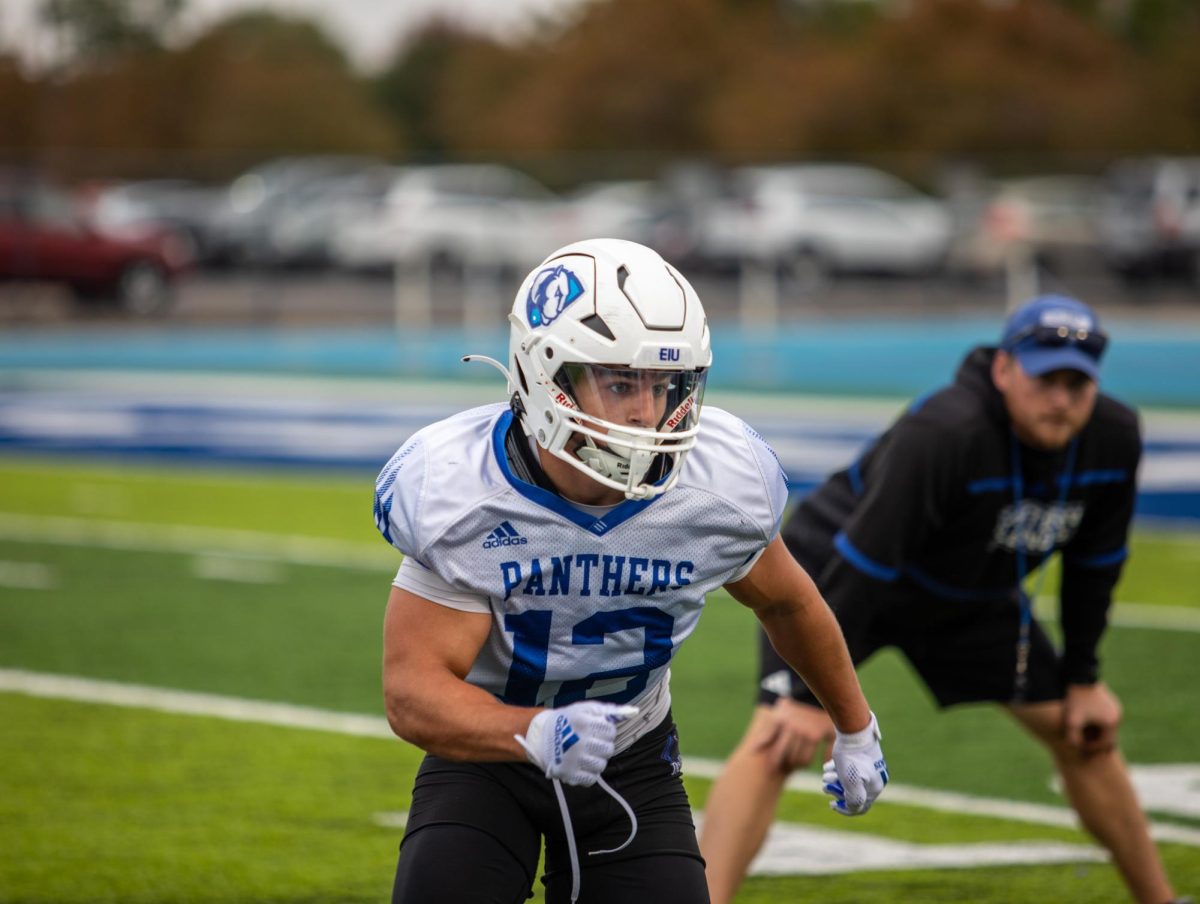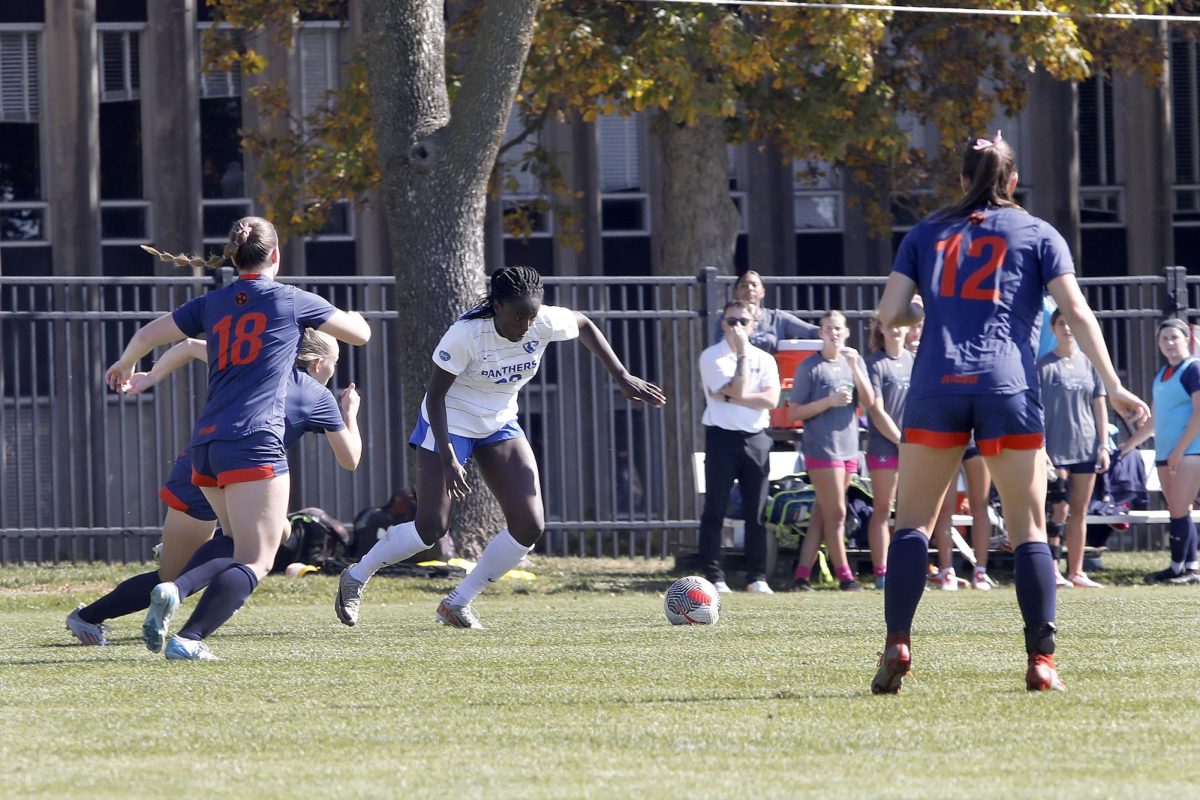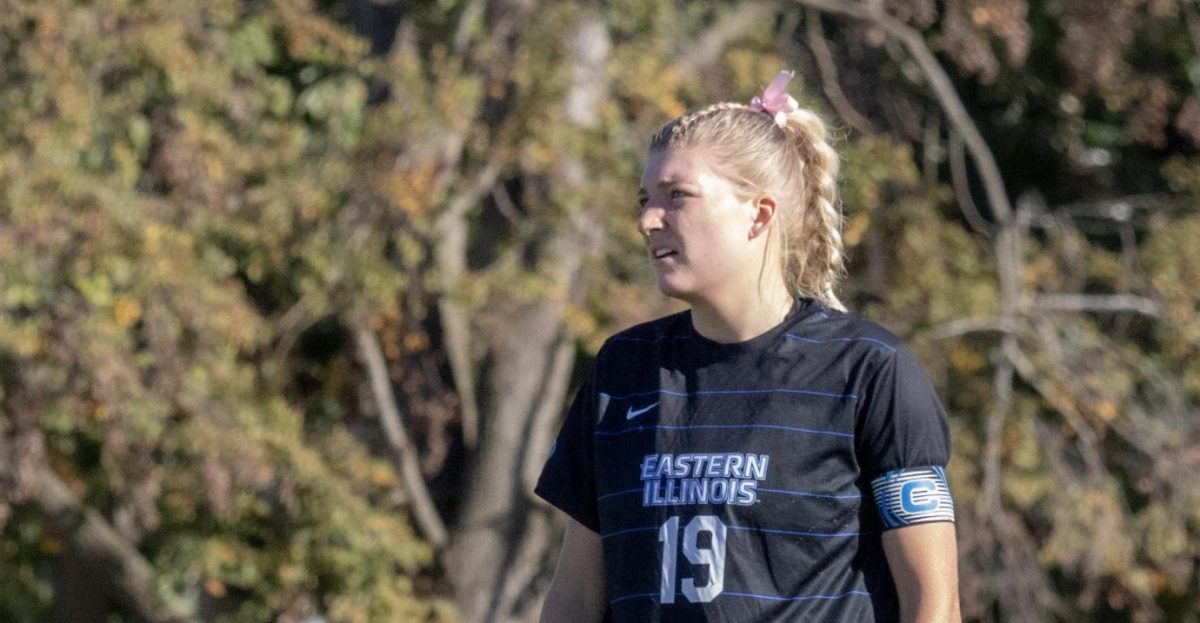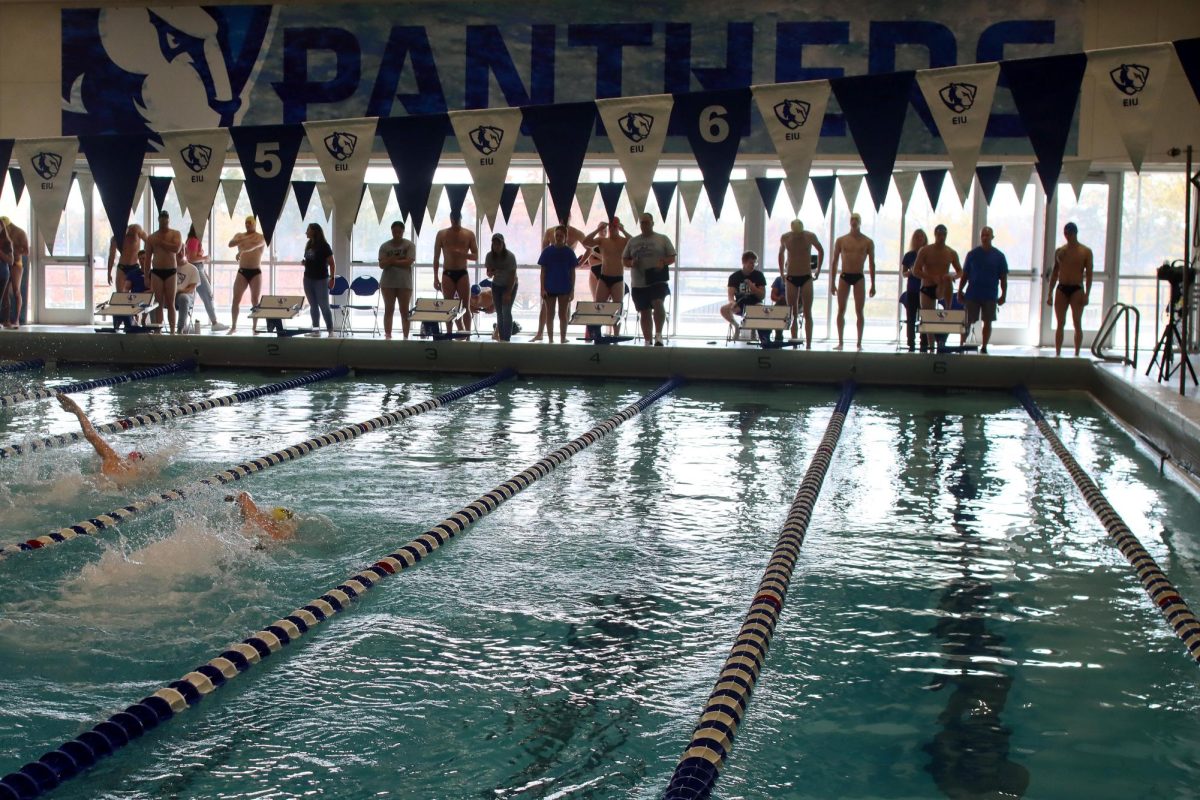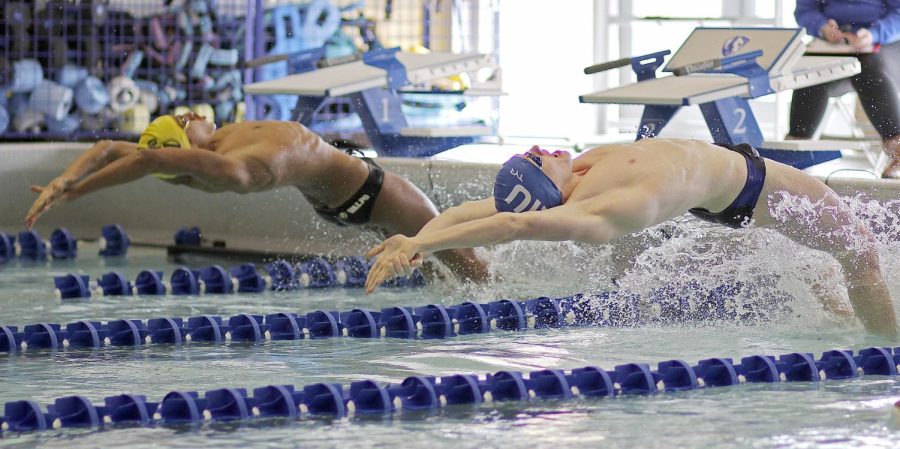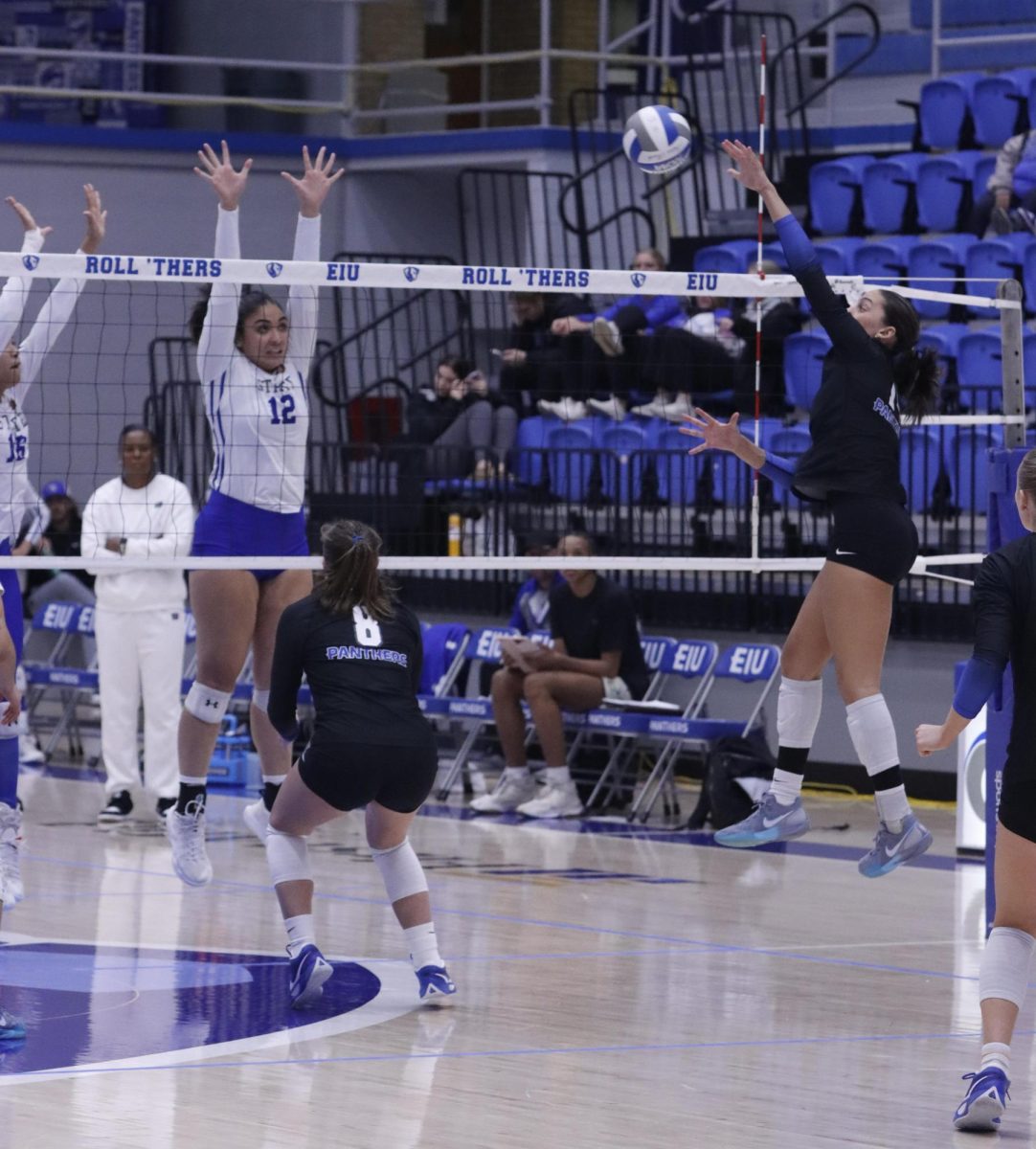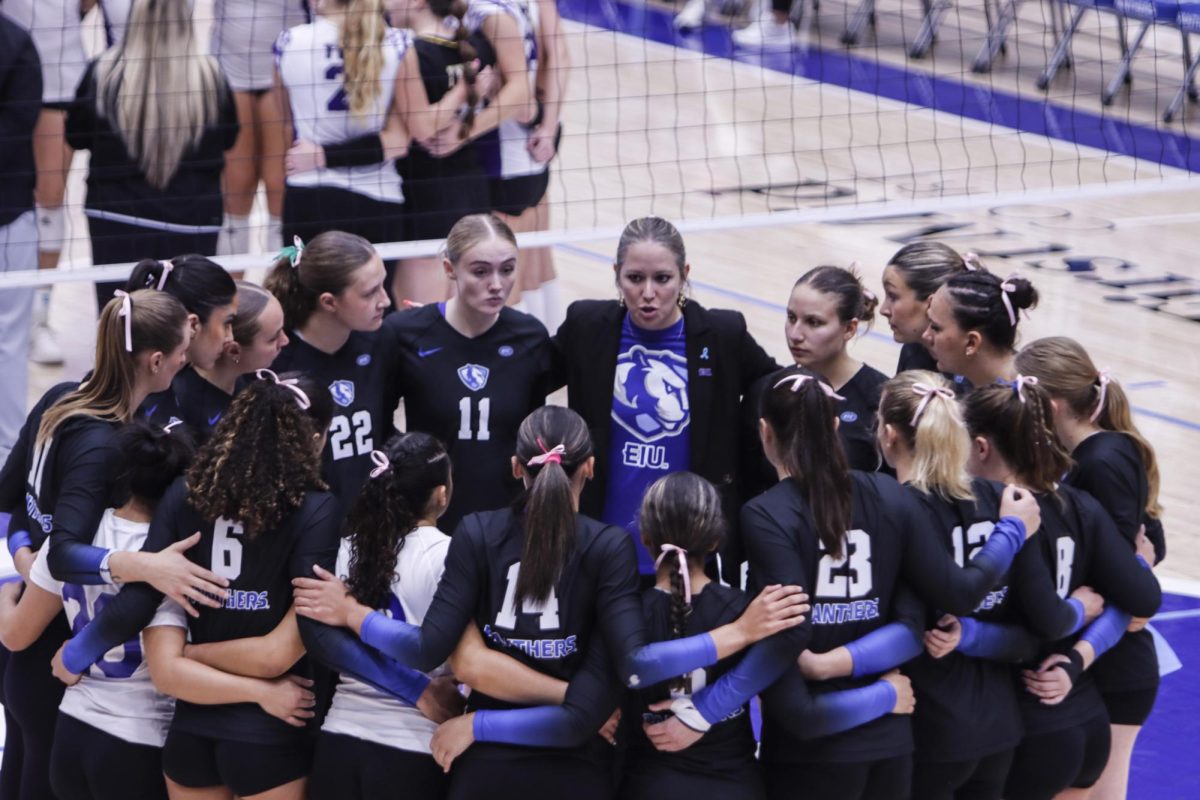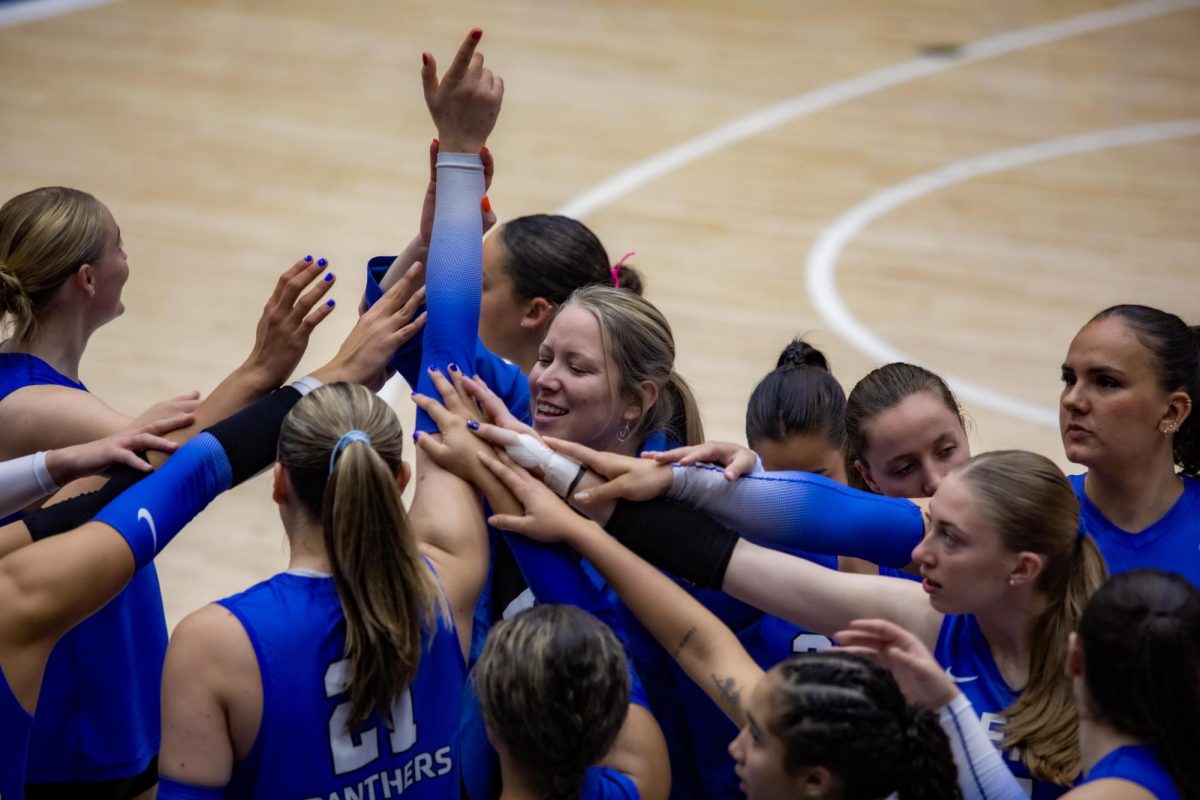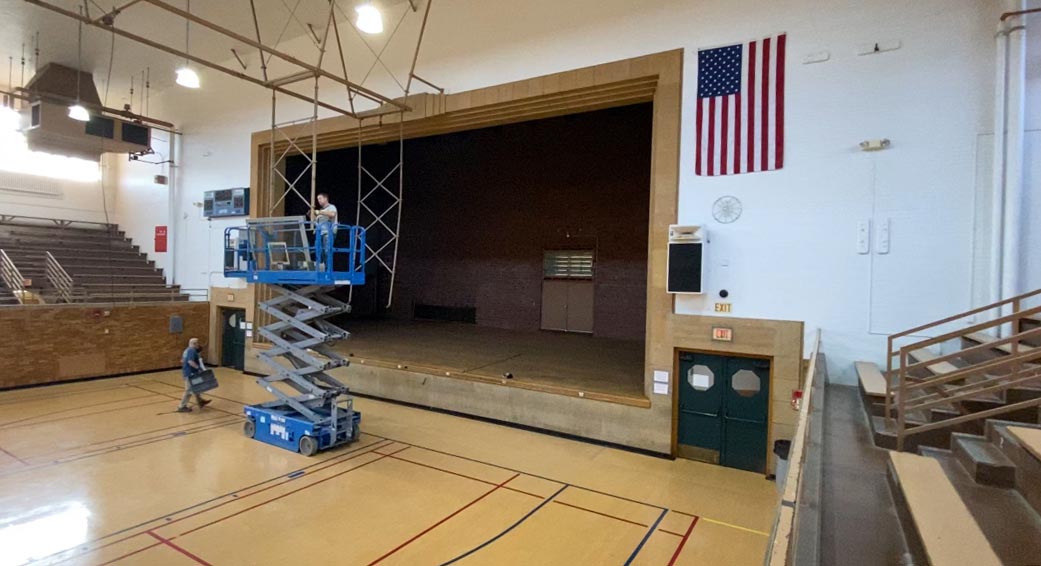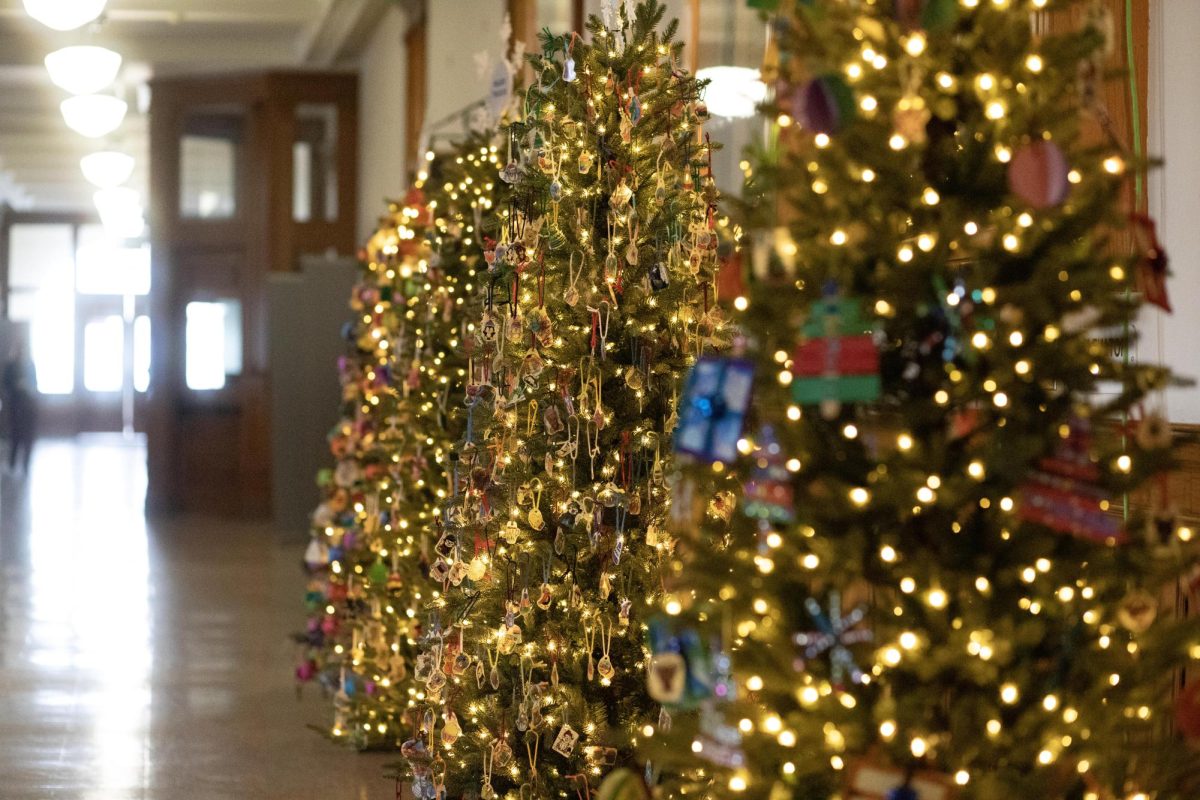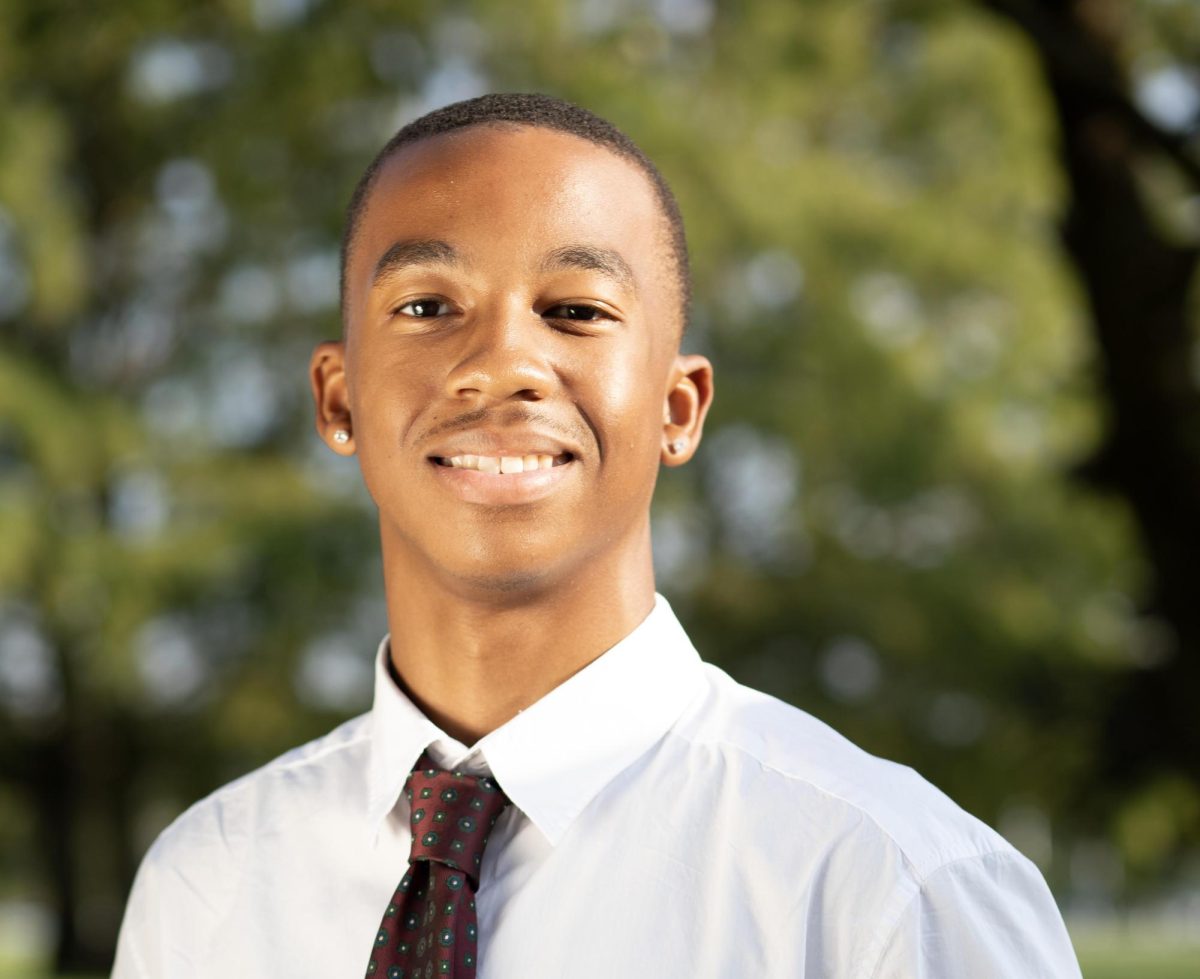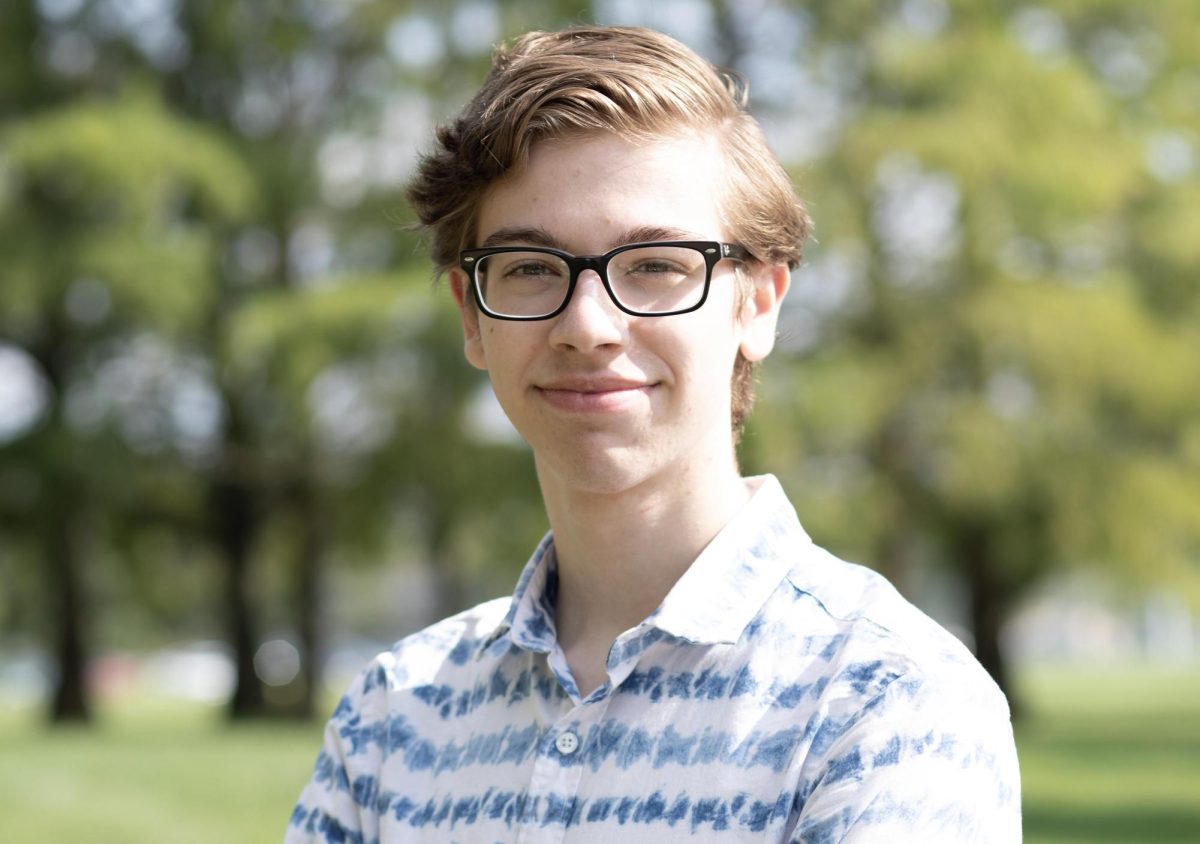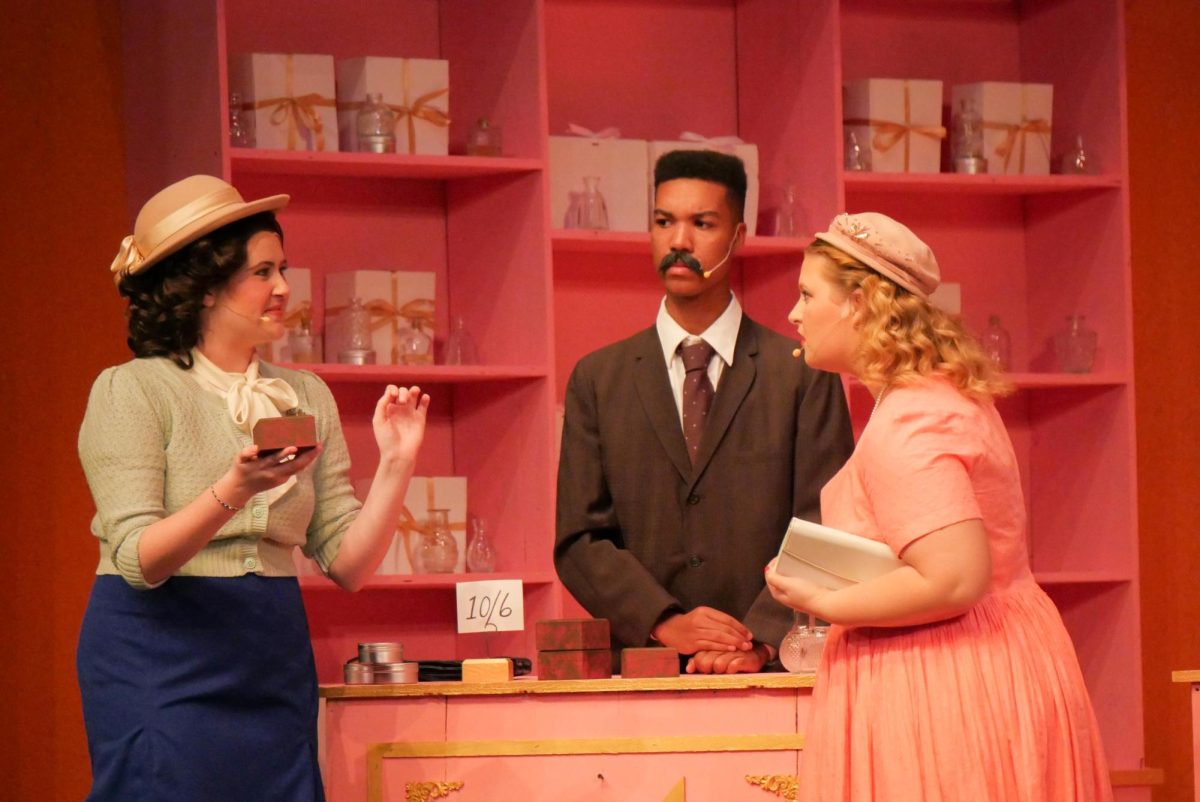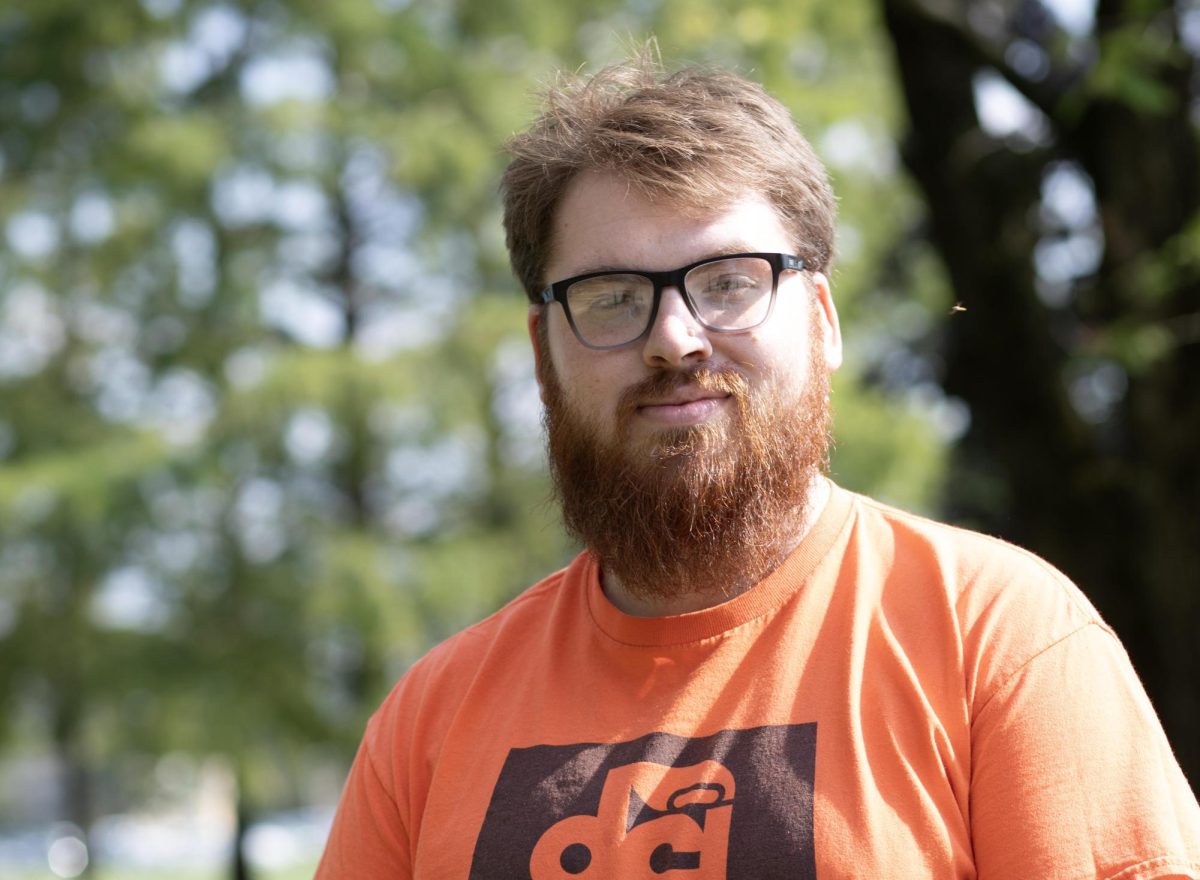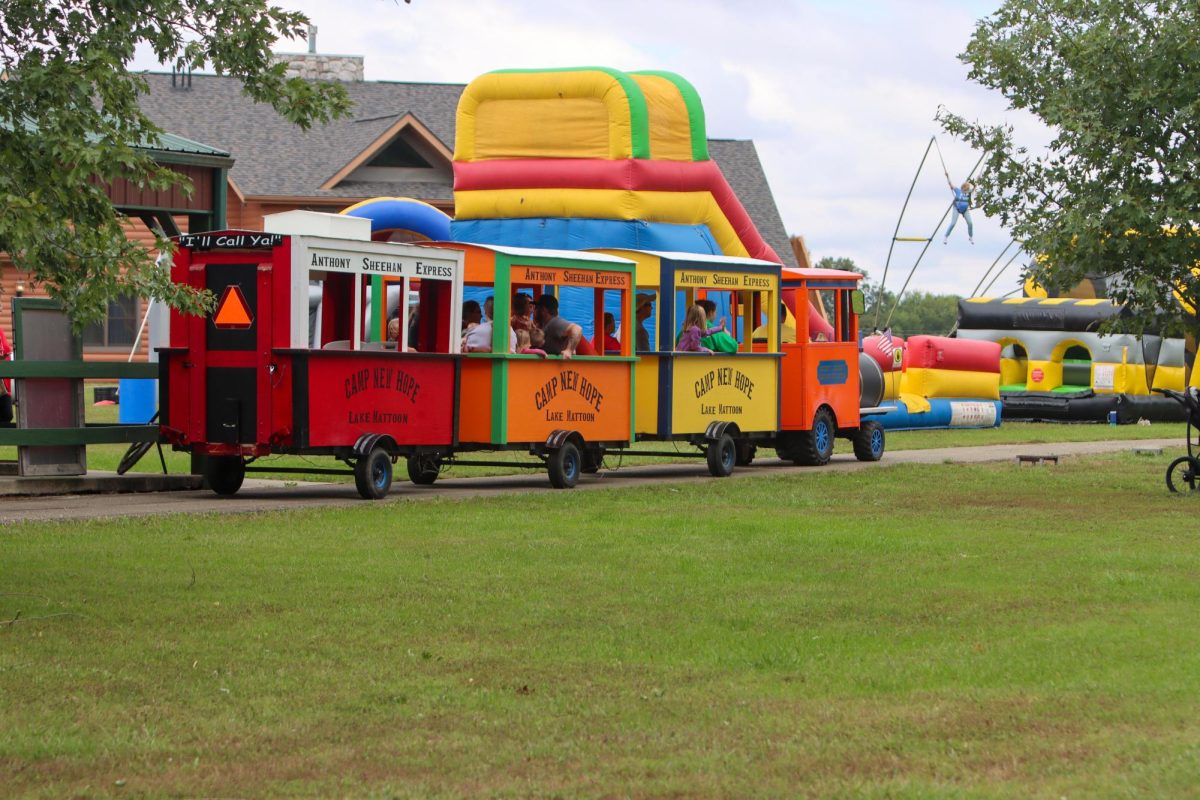Saying good-bye to the old and hello to the new
The conveyor belt still runs.
After 84 years, the conveyor belt in the coal plant still brings the coal up from the lower storage units to the upper levels where it is burned at temperatures that exceed 1800 degrees and turned into steam that heats a large part of campus.
But like most things reaching that age, things are starting to break. Some of the old parts just do not work like they used to. Sometimes, they need to be replaced, and parts are hard to come by. The parts have to be specially made to replace the old machinery and that costs money.
But if they cannot get the coal up to burn, it means no steam.
“We don’t teach classes if we don’t have steam,” said Gary Reed, Director of Facilities Planning and Management.
This is why Eastern must say good-bye to the old plant and start anew.
The Faculty Senate discussed the old plant, the new plant and campus efficiency at their meeting Tuesday.
The old coal plant that stands next to the student services building on the northeast side of campus wasn’t always as big as it is now. The red brick building part nearest to Seventh Street is the original plant.
“Everything past the red brick is pollution control,” Reed said.
And all of that must come down when the new plant is built, he said.
However, the red brick building will stay and be used for an undetermined purpose.
“It’s best for something that isn’t a power plant,” Reed said.
The board is hoping to start building the new plant soon, as it is not guaranteed the plant will be able to heat campus in a few years, he said.
The new plant will be environmentally friendly and will heat the campus using a renewable source of energy.
Eastern already has $83 million “in the bank” for the plant, Reed said. They still need the final go from the board so they can start to build the new center.
Also discussed at the meeting was campus efficiency.
The president’s council has been using community responses to analysis how Eastern can better use its’ energy and resources, Derek Markley, special assistant to the president, said.
One of the things they discussed was lighting on campus.
“Some buildings already have natural light sensors to shut the lights off if they have enough light,” Markley said.
They are also looking at stagger lighting.
A lot of energy is used to control approximately 10,000 computers on campus, Markley said.
They want to encourage offices on campus to put their computers on hibernate or sleep at night to save energy.
“It really adds up,” Markley said.
Courtney Bruner can be reached at 581-7492 or cbbruner@eiu.edu.

